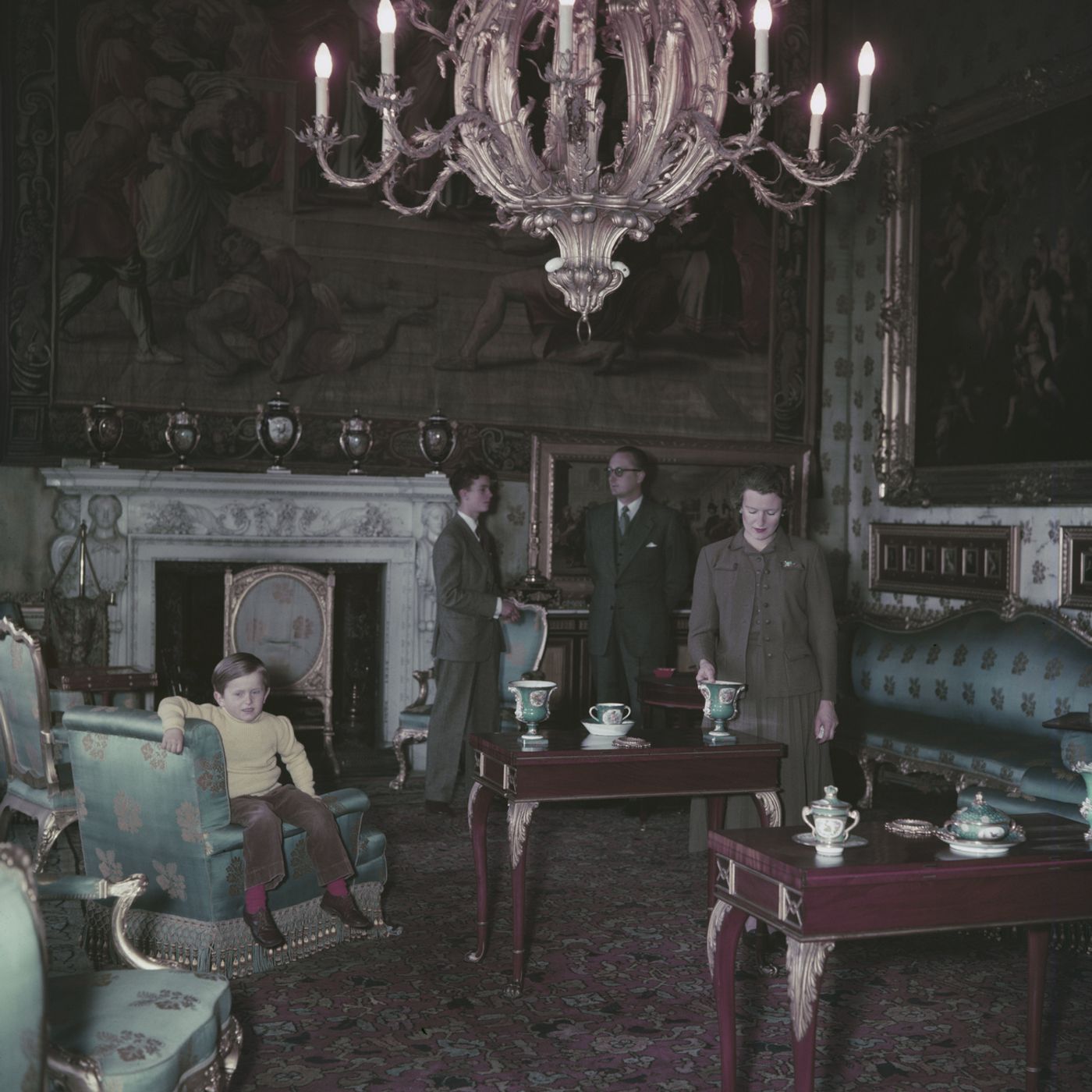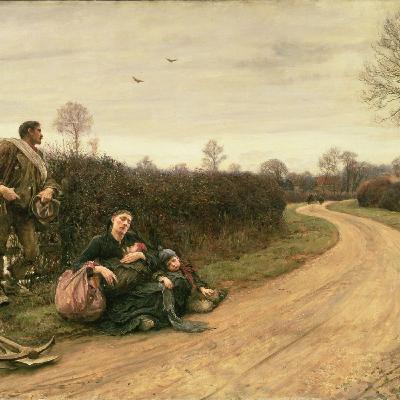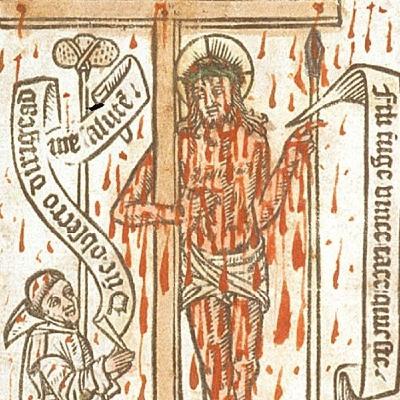S1 Ep6: “Things in their natural surroundings”?: Marketing the British Country House as Home
Update: 2020-06-17
Description
When John, 13th Duke of Bedford, opened up Woburn Abbey to the paying public in 1955, he took care to maintain the sense that this was his family’s home, even though they occupied only a section of the house, away from the tourist route. As he recorded, his wife, Lydia, ‘succeeded most cleverly in arranging the main state-rooms for show while still making them look as if they were lived in’. To see great treasures such as the Armada portrait of Elizabeth I, the Sèvres dinner service gifted by Louis XV, or the family’s famed Canalettos ‘in their natural surroundings’ was, the Duke averred, much preferable to seeing them ‘displayed along with rows of others in some impersonal museum'.
This paper will sketch out the emergence of this now very familiar trope of the country house as ‘family home’ (whether actual, past or imagined) as an ideal setting for works of art, preferable to ‘some impersonal museum’. It will look at its history from the National Trust country house scheme of the 1930s, through the stately home business of the 1950s, to more recent presentations, as a cornerstone of the case for continued private ownership developed into a fully fledged marketing tool. It will consider the work that this concept has done, both for owners and visitors, and its role in country house presentation today.
Comments
In Channel

















